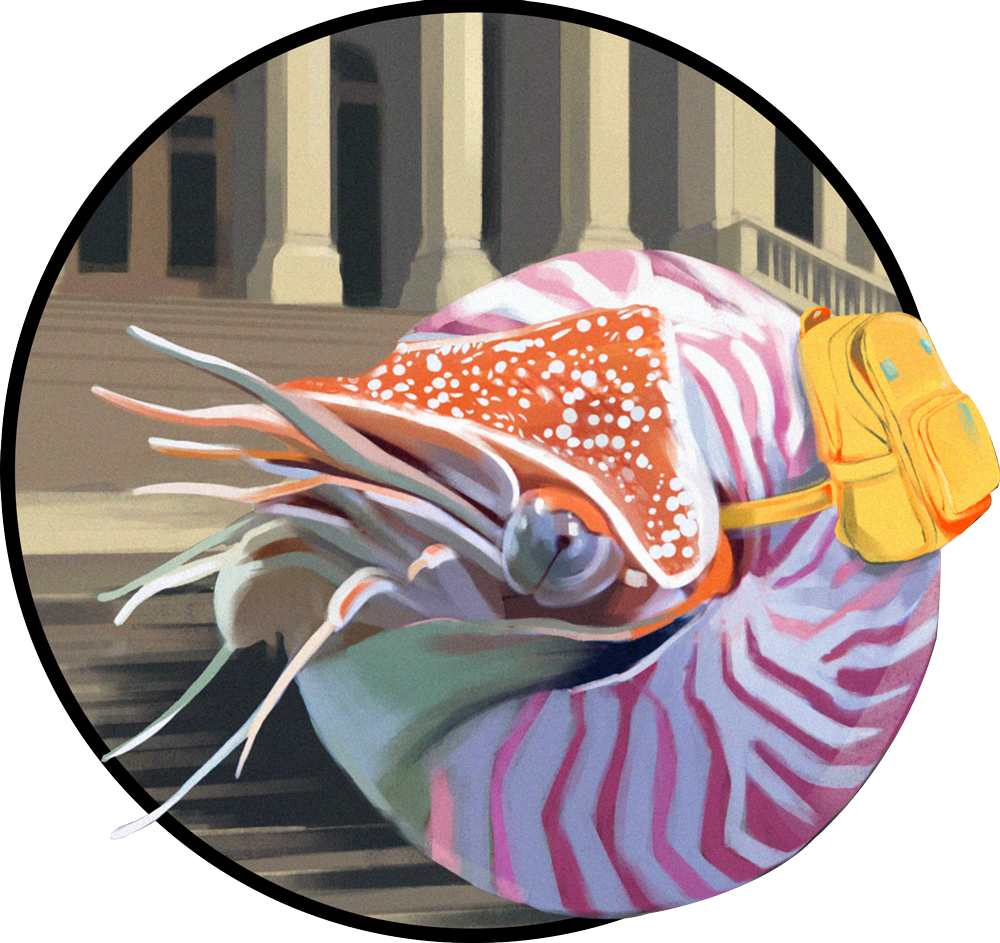Bogs go by many names: mires, mosses, quagmires, muskegs, fens. That lingual diversity reflects their varied influence on the collective imagination and on the planet. Associated with mystery and intrigue and people living on the edge, bogs are generally found on almost every continent of Earth, across a wide range of climates, from the Arctic to the tropics.
But there was a time when bogs were less plentiful. Now scientists have learned that the rise of these spongy wetlands—primarily composed of sphagnum moss and accumulated organic plant matter known as peat—may have been inspired by the blowing of strong winds. Known as the Southern Westerlies, these winds blow from west to east across the Southern Hemisphere, through southern Chile and Patagonia, New Zealand, Tasmania and the Falkland Islands. And they’re shifting again now, which could tell us something about where Earth’s climate is headed. The scientists published their findings in Nature Geoscience.
“We found a clear pattern,” said Zoe Thomas, lead author from the University of Southampton, in a statement. “Major peat growth occurred at the same time the winds shifted north or south.” Those shifts in Southern Westerlies, which influence weather patterns and ocean currents, also coincided with changing atmospheric levels of carbon dioxide, suggesting that bogs may serve as natural climate time stamps.
Read more: “The Trouble with the Swamp”
The team of scientists radiocarbon dated the bottom layers of peat in bogs found in the Falkland Islands, off Argentina, and compared those data with the ages of peat taken from Patagonia, New Zealand, Tasmania, and sub-Antarctic islands. What they found was that bogs began to form at different times in different latitudes.
About 21,000 years ago, after the last glacial maximum, when ice sheets were at their greatest extent, peatlands began to rise across the Southern mid-latitudes. Then, during a 2,000-year-old cold snap known as the Antarctic Cold Reversal, between 14,700 and 13,000 years ago, peatlands suddenly started to form further north. When that cold snap was over, they moved south again. These changes in climate and in peat growth coincided with changes in the Southern Westerlies.
Read more: “We Need to Talk About Peat”
The winds are shifting again, but this time they’re headed toward the South Pole. If this pattern continues, it could compromise the ocean’s ability to act as a carbon sink. The shift has already played a part in increasingly frequent droughts and wildfires across the southern hemisphere.
As these winds wander, bogs offer a quiet record of where our climate may be going next. ![]()
Enjoying Nautilus? Subscribe to our free newsletter.
Lead image: dvlcom – www.dvlcom.co.uk / Shutterstock






























